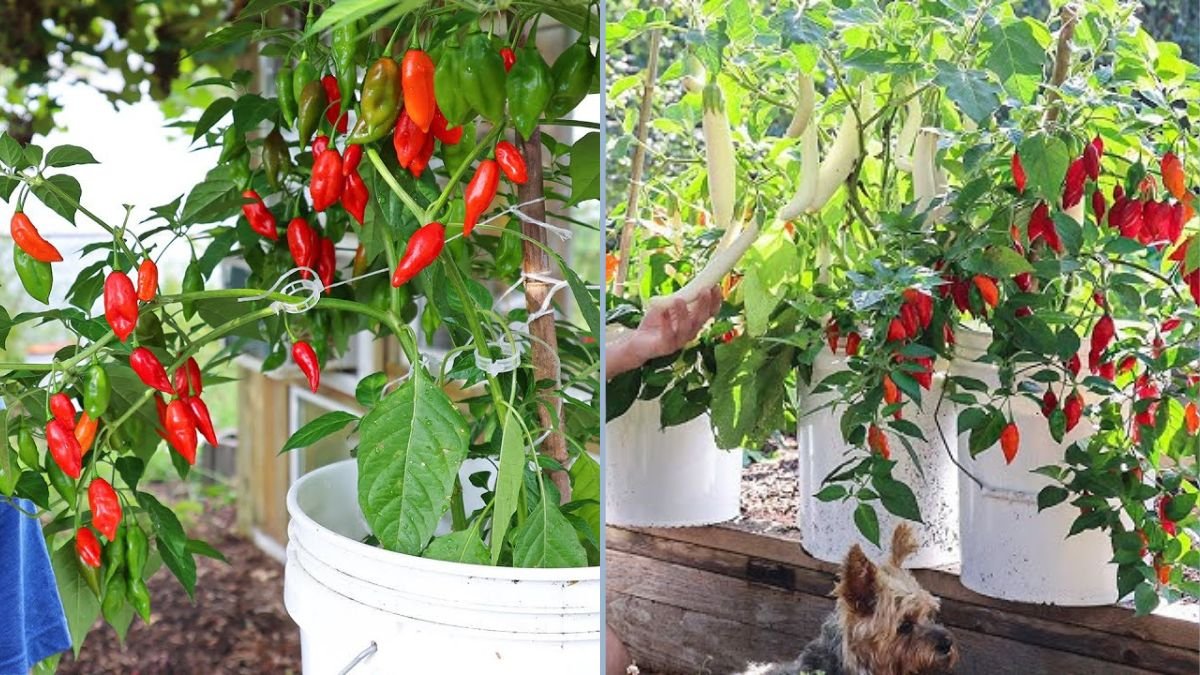Container gardening has become increasingly popular over the past decade. From urban apartments to small backyard patios, containers offer a way to grow vegetables, herbs, and flowers without the need for large plots of land. But despite its popularity, there’s a lot of misinformation floating around about what it takes to successfully grow plants in containers. Many gardeners are being misled, leading to poor yields, frustrated efforts, and wasted money. In this guide, we’ll reveal the truth about container gardening and show you how to get the best results.
The Myths You’ve Been Told
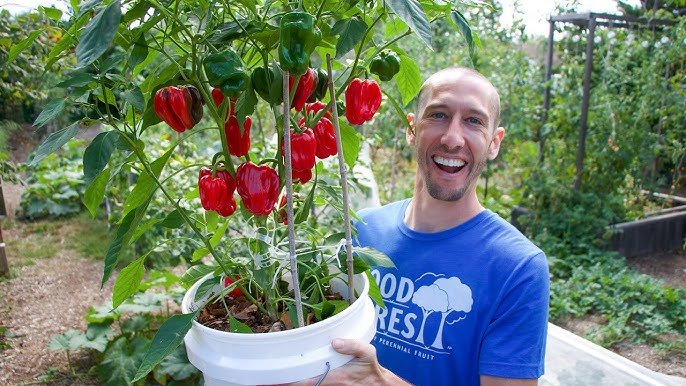
Before diving into the solutions, let’s address some of the common lies about container gardening:
- “Any soil will work.” Many gardeners think they can use ordinary garden soil in containers. This is misleading. Regular soil often compacts in a pot, drains poorly, and can stunt plant growth. The truth is that container gardening requires a lightweight, well-draining mix that provides the roots with oxygen while retaining enough moisture.
- “Bigger pots are always better.” While it’s true that larger pots give plants more room to grow, bigger isn’t always better if the pot isn’t managed correctly. Too much soil in a large container can hold excess water, leading to root rot, or be too heavy to move, creating logistical problems.
- “You don’t need to fertilize as much.” Plants in containers are entirely dependent on you for nutrients. Unlike garden soil, which can retain nutrients and develop its own ecosystem, container soil depletes quickly. Without regular feeding, even healthy-looking plants can suffer nutrient deficiencies.
- “Watering is easy.” Containers can dry out surprisingly fast, especially in hot weather. Many beginners underestimate the frequency and volume of watering needed, causing stress or wilting in plants.
- “All plants do well in pots.” Not every plant thrives in a container. Some crops, like potatoes, carrots, and tomatoes, need specific setups, deeper soil, or support systems. Assuming every plant will grow equally well in a pot is a recipe for disappointment.
Recognizing these myths is the first step toward a successful container garden.
Choosing the Right Container
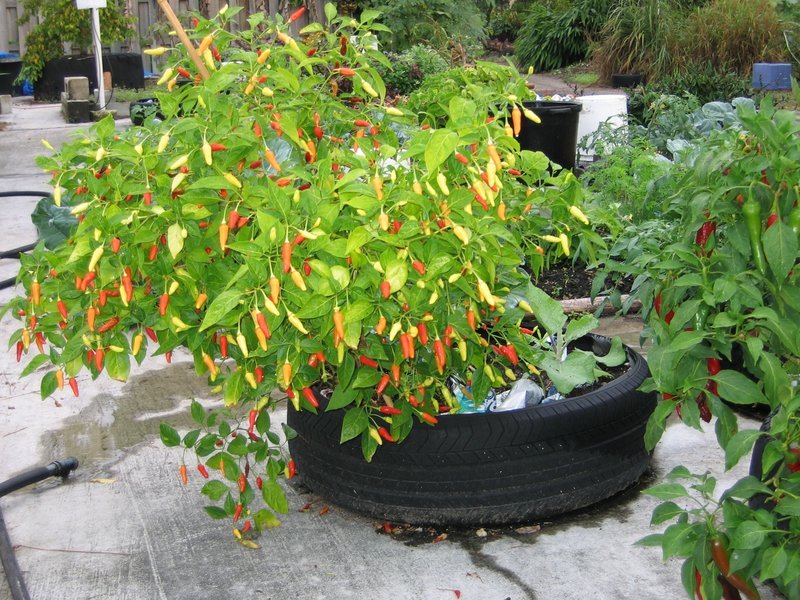
The foundation of container gardening starts with the container itself. Choosing the right pot is critical to plant health and yield.
- Size: Your container should provide enough space for the plant’s root system. As a general rule:
- Small herbs: 15–20 cm deep
- Leafy greens: 20–30 cm deep
- Tomatoes, peppers, and eggplants: 30–50 cm deep
- Material: Containers come in plastic, ceramic, clay, or fabric. Each has pros and cons:
- Plastic: Lightweight, retains moisture well, and inexpensive.
- Clay: Breathable, but dries out faster and is heavy.
- Fabric grow bags: Promote air pruning of roots and excellent drainage.
- Drainage: Every container must have proper drainage holes. Without them, waterlogging can quickly kill plants.
- Mobility: Consider how easy it is to move the container. Heavy pots may need wheels or a platform, especially if you’re rotating plants for sunlight.
The Right Soil Mix
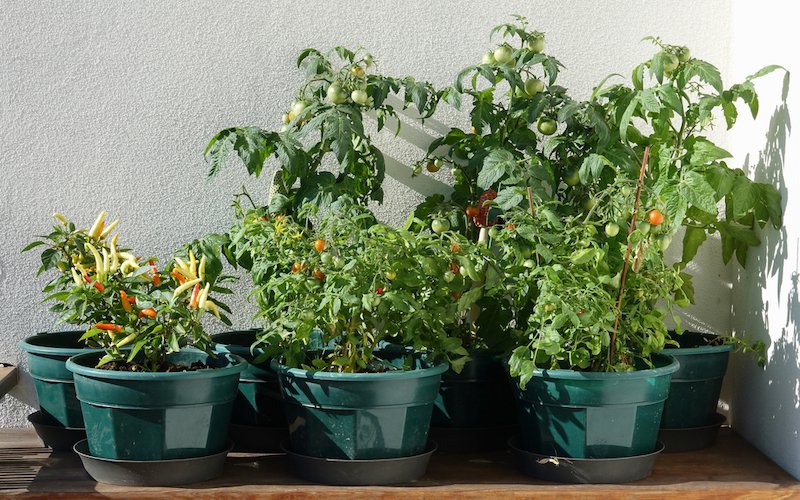
Soil is the backbone of container gardening. Ordinary garden soil compacts too much and doesn’t drain well in containers. The ideal mix should:
- Retain moisture without becoming soggy
- Allow air to reach the roots
- Provide nutrients over time
A common recommendation is to use a mix of:
- 50% peat moss or coco coir – retains moisture and is lightweight
- 30% compost – provides nutrients
- 20% perlite or vermiculite – improves aeration and drainage
This type of mix ensures healthy root growth, minimizes disease risk, and reduces the need for frequent soil replacement.
Watering Secrets
Many gardeners struggle with watering in containers because pots dry out faster than in-ground gardens. Here’s what you need to know:
- Frequency depends on container size: Smaller pots dry out quickly, often needing daily watering during hot months. Larger pots hold moisture longer but still need consistent monitoring.
- Check soil moisture: Stick your finger about 2–3 cm into the soil. If it feels dry, it’s time to water.
- Water deeply: Shallow watering encourages roots to stay near the surface, making the plant less resilient. Ensure water penetrates the entire root zone.
- Self-watering containers: Consider using self-watering pots or adding a reservoir at the bottom to maintain consistent moisture.
Proper watering can make the difference between thriving plants and a garden that struggles.
Fertilization and Nutrient Management
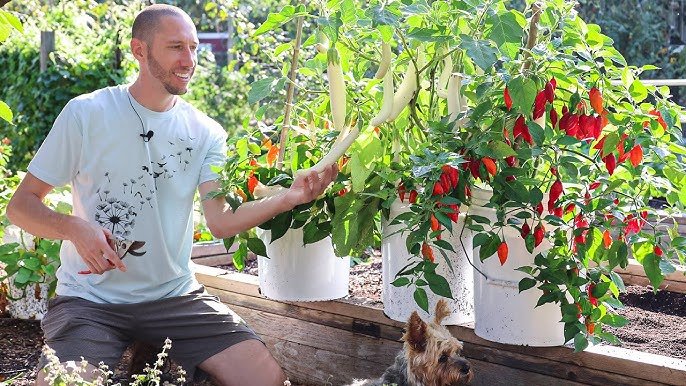
Plants in containers rely entirely on you for nutrition. Even a high-quality soil mix will eventually run out of nutrients. Follow these tips:
- Use slow-release fertilizers: Incorporate them into the soil at planting time for steady nutrition.
- Supplement with liquid fertilizers: Every 2–3 weeks, apply a diluted liquid fertilizer for fast-growing plants or leafy greens.
- Monitor plant health: Yellowing leaves often indicate nitrogen deficiency, while purpling may signal a lack of phosphorus. Adjust feeding accordingly.
- Avoid over-fertilizing: Too much fertilizer can burn roots and damage plants. Always follow recommended dosages.
With proper feeding, container plants can produce as well as—or even better than—traditional garden plots.
Choosing the Right Plants
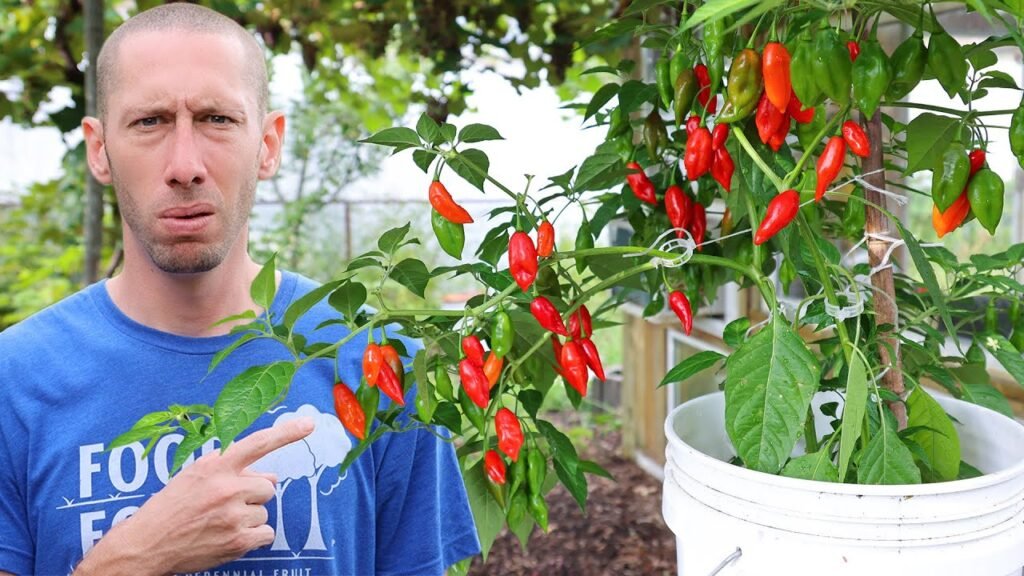
Not all plants thrive in containers. Some species need deeper soil or more space to develop properly. Ideal candidates for containers include:
- Leafy greens: Lettuce, spinach, kale, arugula
- Herbs: Basil, cilantro, mint, parsley, oregano
- Small fruiting plants: Cherry tomatoes, peppers, dwarf eggplants, strawberries
- Root vegetables: Radishes, small carrots, and beets (in deep containers)
Avoid planting large root vegetables or sprawling crops in small containers, as they will struggle for space and nutrients.
Sunlight Requirements
Container plants often need full sun to thrive. Ideally, aim for:
- Leafy greens: 4–6 hours of sunlight
- Fruiting plants: 6–8 hours of sunlight
- Herbs: 6+ hours depending on variety
If your space has limited sunlight, consider using reflective surfaces, grow lights, or rotating containers to maximize exposure.
Common Mistakes in Container Gardening
Even experienced gardeners make mistakes. Here are some pitfalls to avoid:
- Overcrowding: Planting too many crops in a single container reduces airflow and increases disease risk.
- Neglecting drainage: Always ensure water can escape freely to prevent root rot.
- Ignoring plant needs: Each species has different requirements for water, nutrients, and sunlight. Don’t assume one care routine fits all plants.
- Overwatering or underwatering: Both extremes can kill plants. Check soil moisture regularly.
Being mindful of these common errors can save time, money, and frustration.
The Advantages of Proper Container Gardening
When done correctly, container gardening has multiple advantages:
- Flexibility: Move plants to follow sunlight or shelter them from harsh weather.
- Urban gardening: Perfect for small balconies, patios, or rooftops.
- Pest control: Elevating plants can reduce exposure to some soil-borne pests.
- Aesthetics: Containers can enhance the look of your outdoor space while producing food.
With the right approach, containers can be just as productive—and sometimes more so—than traditional gardens.
Conclusion
The truth about container gardening is that success requires more than just a pot and soil. Many common “advice” sources are misleading, causing gardeners to struggle unnecessarily. By understanding the right soil mix, container size, watering practices, fertilization, and plant selection, you can achieve a thriving garden—even in the smallest space.
Containers aren’t just convenient; they’re a powerful tool for maximizing yields, growing fresh produce, and enjoying gardening in urban environments. Don’t fall for the myths—focus on science-backed practices, and your container garden will flourish.
With attention to detail and proper care, container gardening can be one of the most rewarding ways to cultivate food, herbs, and flowers right at home. Stop believing the misinformation and start growing smarter today.
